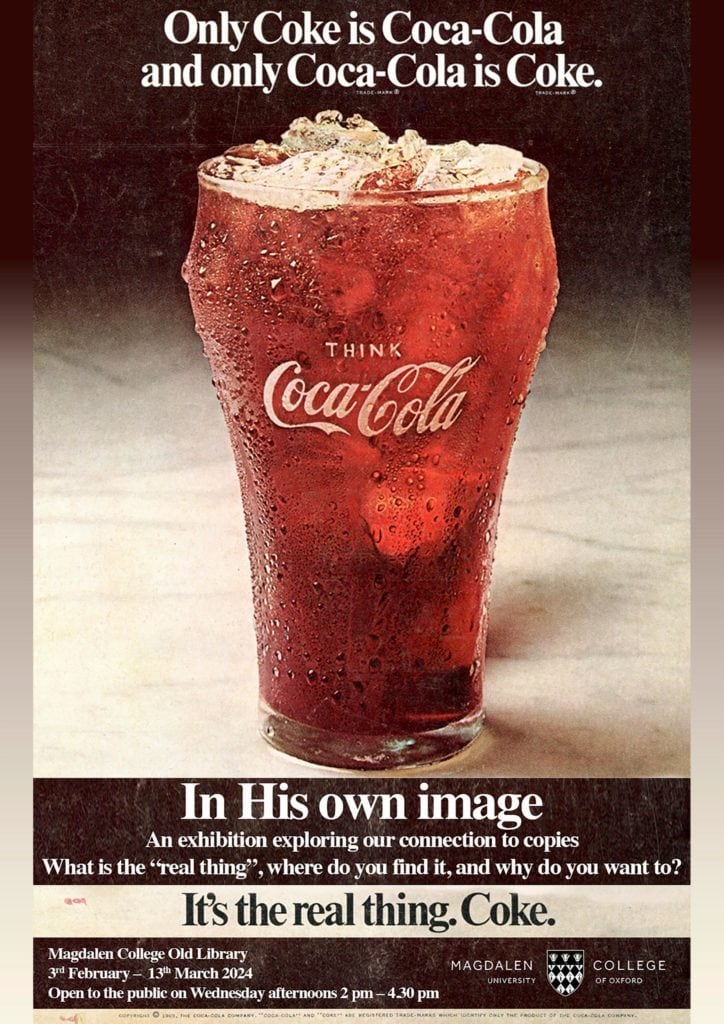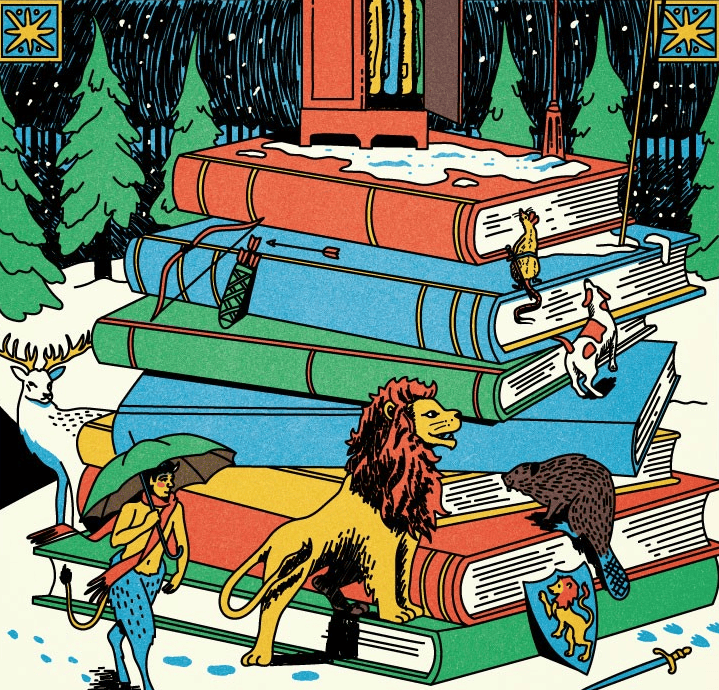
Location
Old Library
Event type
Library, Public
Date
3 February - 13 March 2024
Time
Wednesdays 2-4:30pm
An Exhibition Exploring Our Connection to Copies: What is the “Real Thing”, Where Do You Find It, and Why Do You Want To?
Curated by Dr Alexy Karenowska, Fellow by Special Election
We live in the age of iteration. Thanks to TikTok, Twitter and Instagram, nothings really matters anymore unless it has been copied — and viewed, liked and reposted — millions of times. Aesop plainly saw this coming when he observed that men are more inclined to applaud the imitation than the real thing. Copies carry the comforting imprimatur of group endorsement. There is safety, apparently, in numbers.
For all of this, blame Eugenio de Zuccato, who ushered in the age of industrial-scale copying exactly 150 years ago. In 1874, Zuccato invented the Papyograph, which gave rise, in short order, to the mimeograph and, ultimately, the photocopier. Digital copying followed in due course. Now, images posted by Taylor Swift are copied 100 million times in a single day.
However, to be fair to Zuccato, we’ve all been at it — and for a very long time. Genesis 1:27 relates how, in the beginning, “God created man in His own image, in the image of God he created him; male and female he created them as copies of Himself”. Over the years, we’ve managed to produce 117 billion (or so) additional reproductions — numbers that make Miss Swift look like a mere amateur.
The bottom line is that we are, as a race, copy-obsessed. As Michelangelo famously said, “God creates, the rest of us copy”. And we do it con gusto. This exhibition, comprising a huge range of copies — both faithful and fantastic — is graphic proof of that. And yet, back of every copy, often way back, the Real Thing lurks somewhere. Whether that Real Thing inheres in some original gesture that the copy seeks simply to replicate or in the pervasive ubiquity — and shared appreciation — that the act of wholesale copying makes possible, varies from case to case. As you examine each object in the exhibition, consider where its message resides, and how the particular act of copying amplifies, mutes or transforms it.
Please note that the exhibition is free, but that Magdalen College charges an entrance fee to some visitors. Click here for details of admission and access to Magdalen College.
Access: The Old Library is accessed via a steep flight of stairs. There is disabled access via a lift, but please contact us in advance so that we can arrange this for you. Many thanks.



